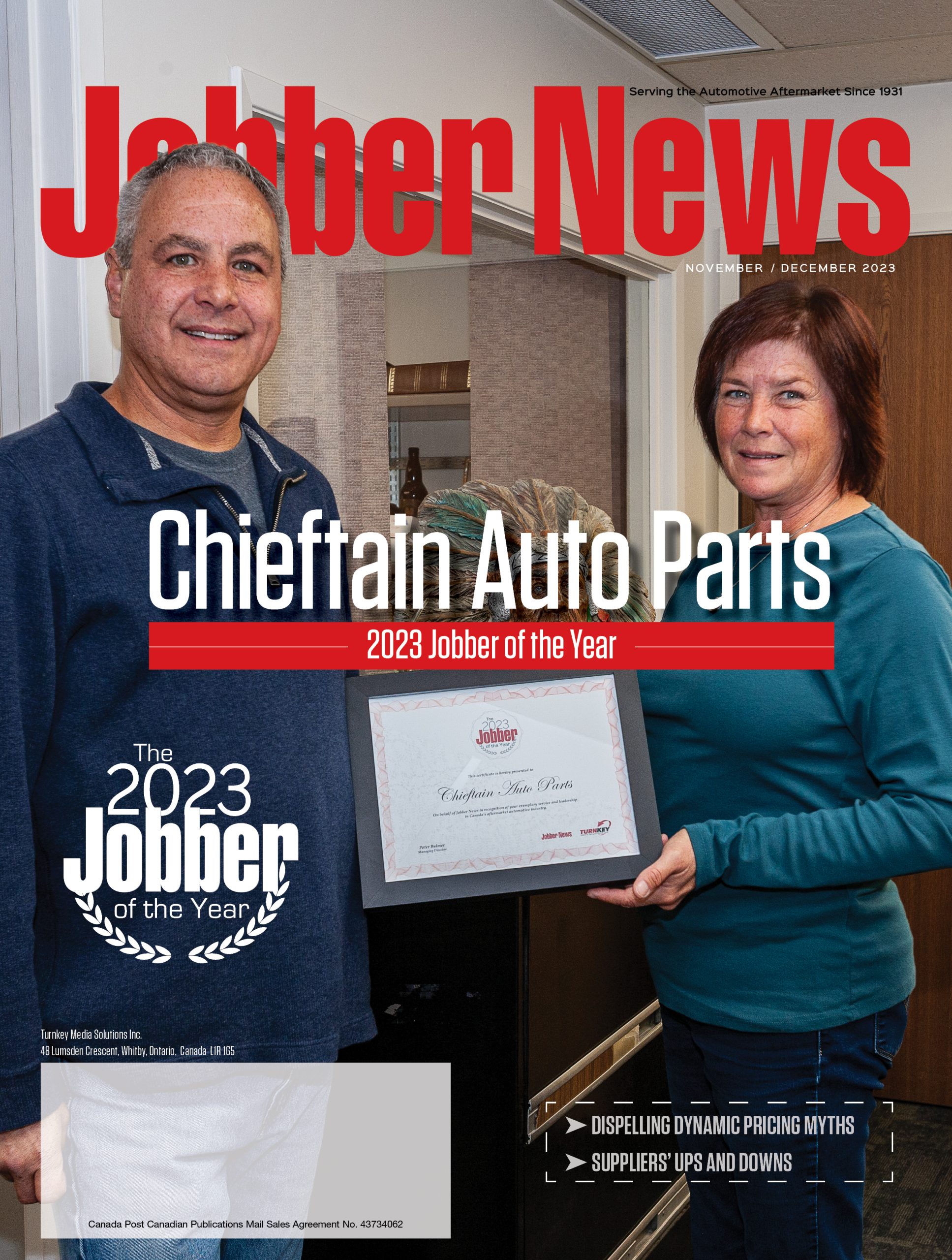
Measuring the productivity of your whole team

By Bob Greenwood
Measuring the productivity of individual employees is important in any business. It’s a valuable statistic to track, and is an excellent starting point for a staff review, encouragement, and sometimes counselling.
But what about team productivity? Can that also be tracked? And does it have the same value? Yes, and yes. In fact, assessing the performance of the entire team is arguably more important. It can help management learn where attention needs to be focused. It will also identify processes that are failing, and practices that are costing the business net income.
Measuring site efficiency involves a number of steps. As we look at them, plug in your own numbers to gain an overview of how your team is performing.
This is just the
tip of the iceberg.
There is so much
more that math
and statistics
and effective tracking
can tell you about
what’s going on
in your business.
Remember, the longer your period of measurement, the more accurate your report will be. Ideally, you’ll have a year’s worth of team statistics to provide you with a benchmark of performance. Once you have your benchmark, you can update your team’s progress on a weekly and monthly basis.
The basic information you need is:
- The number of days per year the shop is actually open (for the purposes of the following calculations, I’ll assumer 243 days per year);
- The number of days per week the average technician works (5);
- The average number of hours per week your technicians work (44);
- Your door rate ($85 an hour);
- The total labour sales for the year ($381,977.04); and
- The number of licensed technicians on staff (3). [Note that for the purposes of this measurement, an apprentice counts as half a technician. If you have two licensed technicians and an apprentice, you’ve got 2.5 technicians.]
Here’s how you measure site efficiency:
Step 1
Divide the total hours per week an individual technician works by the number of days worked each week. This equals the total average technician hours per day.
44 hours / 5 = 8.8 hours
Step 2
Multiply the average technician hours per day by the number of days per year. This equals the number of paid technician hours per year.
8.8 hours x 243 days = 2,138.4 hours
Step 3
Multiply the number of technician hours per year by the number of technicians. This equals the number of hours available per year to produce labour.
2,138.4 hours x 3 technicians = 6,415.2 hours
Step 4
Divide the total technician hours available per year by 12. This equals the average available hours per month for all technicians to produce labour.
6415.2 hours divided by 12 months = 534.6 hours per month
Step 5
Multiply the available technician hours per month by the hourly labour rate. This equals the potential value of the labour produced in a month.
534.6 hours x $85/hr = $45,441
Step 6
Divide your actual average monthly labour by the potential. This equals the site efficiency of the shop.
$381,977.04 / 12 = $31,831.42.
$31,831.42 divided by $45,441.00 = 70% site efficiency.
Step 7
Divide the average labour your team produces per month by the average total hours per month for all technicians. This equals the average labour rate achieved.
$31,831.42 divided by534.6 hours = $59.54 per hour
So… what does all this tell us?
The shop owner in this example may think he is getting $85 per hour for labour, but in fact he’s getting less than $60 per hour to pay his technicians. This is known as the “effective labour rate.”
This shop is operating at 70% efficiency. A healthy shop operates at a minimum of 75% efficiency. A shop that gets 80% efficiency is doing great.
The only way you increase your site efficiency is by improving billed hours. The only way to improve billed hours is by slowing down the customer-intake process and the vehicle inspections. Proper, professional, and accurate vehicle inspections, fully documented, coupled with effective communication between the technicians, the front counter, and the client is absolutely critical these days.
Furthermore, this entire process should be fully electronic with each technician utilizing laptop technology complete with cloud computing for live, secure, and accountable transactions.
Many shops are in financial stress because management refuses to learn about business needs to be conducted in the modern world. The automotive repair and service industry is a serious profession these days. It is no longer simply a trade.
Years ago, management learned to watch sales like a hawk, and keep their eyes on their bank balance. This told the owner if the business was solvent. However, it did nothing to help them understand where to focus their attention, or how to improve bottom-line profitability.
The above exercise is just the tip of the iceberg. There is so much more that math and statistics and effective tracking can tell you about what’s going on in your business.
Want to manage like a professional? Do the math, and then follow the numbers.
Once you have the self-discipline to let the math tell you where to focus your attention, the bottom line will grow as you’ve never experienced before.
 Bob Greenwood is an Accredited Master Automotive Manager (AMAM) who offers personal business coaching and ongoing management training for aftermarket shops, focusing on building net income. He can be reached at 1-800-267-5497 or greenwood@aaec.ca.
Bob Greenwood is an Accredited Master Automotive Manager (AMAM) who offers personal business coaching and ongoing management training for aftermarket shops, focusing on building net income. He can be reached at 1-800-267-5497 or greenwood@aaec.ca.
.png)






